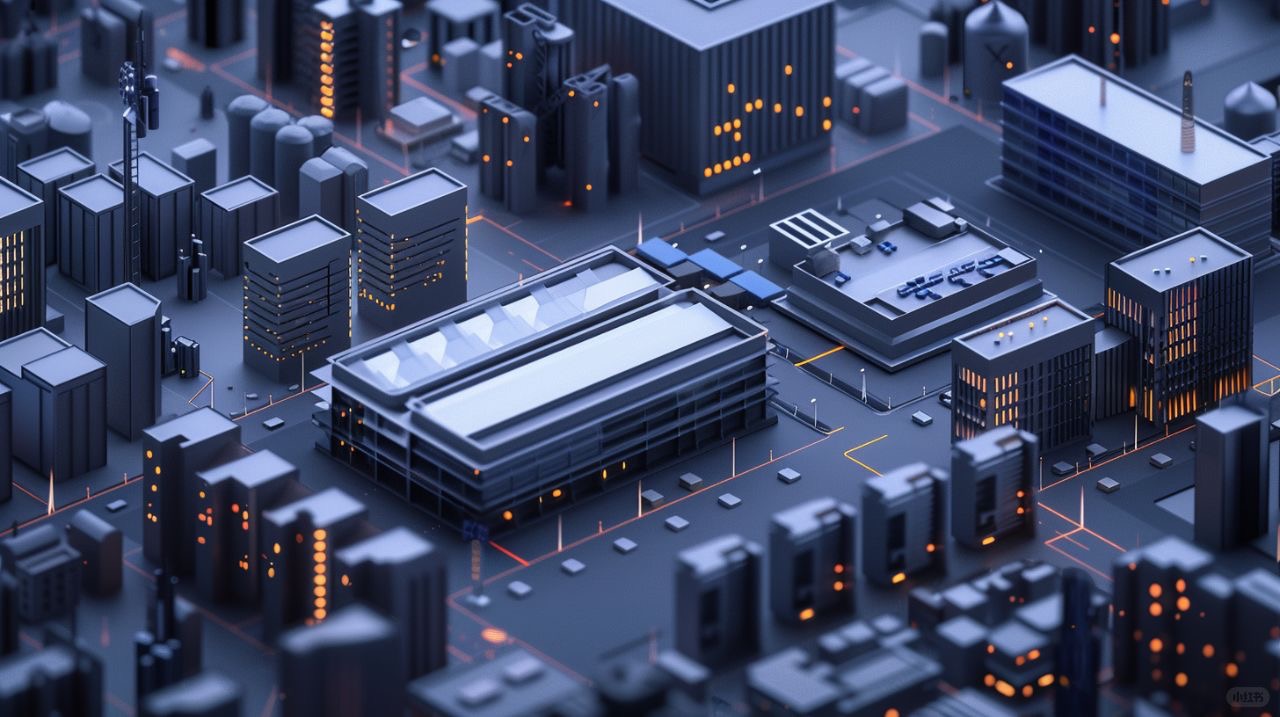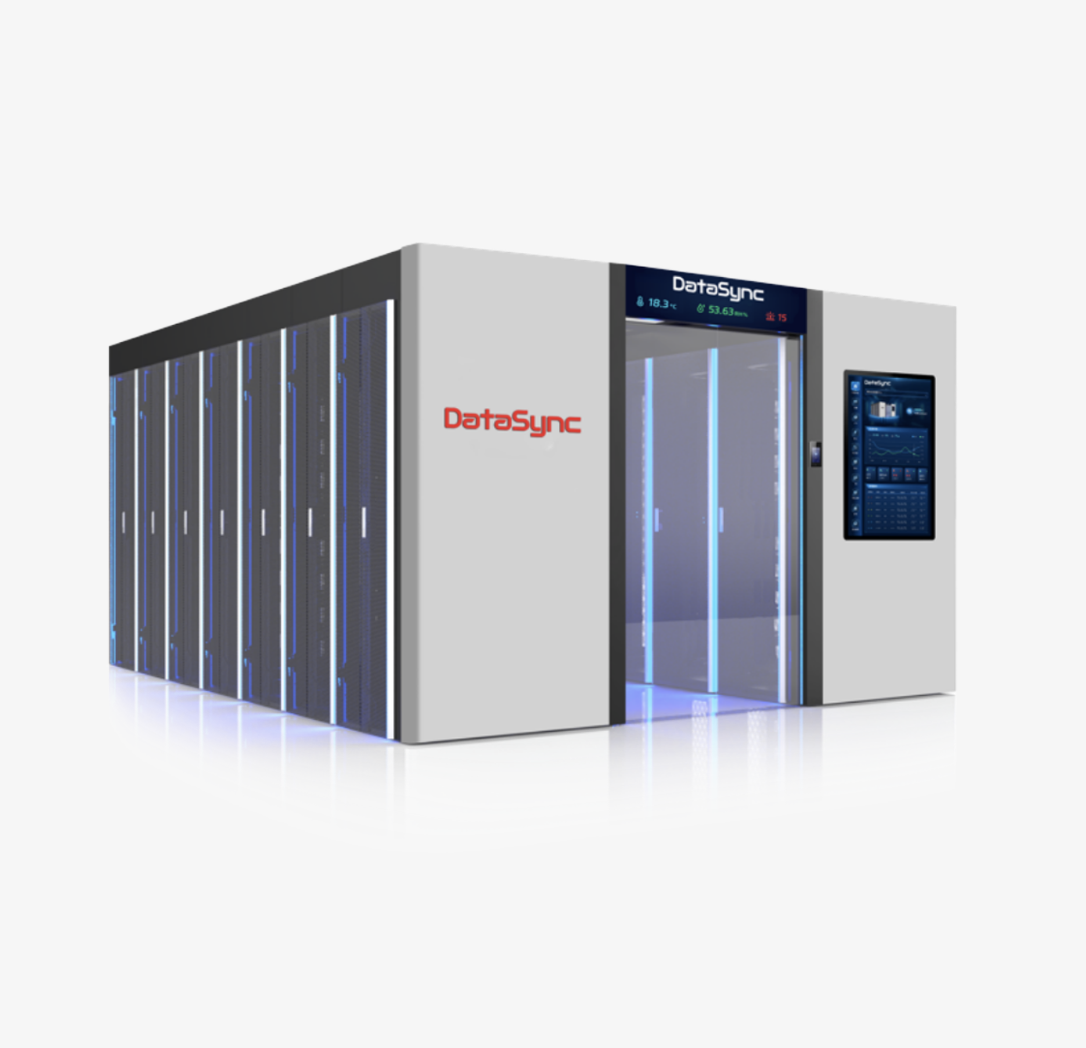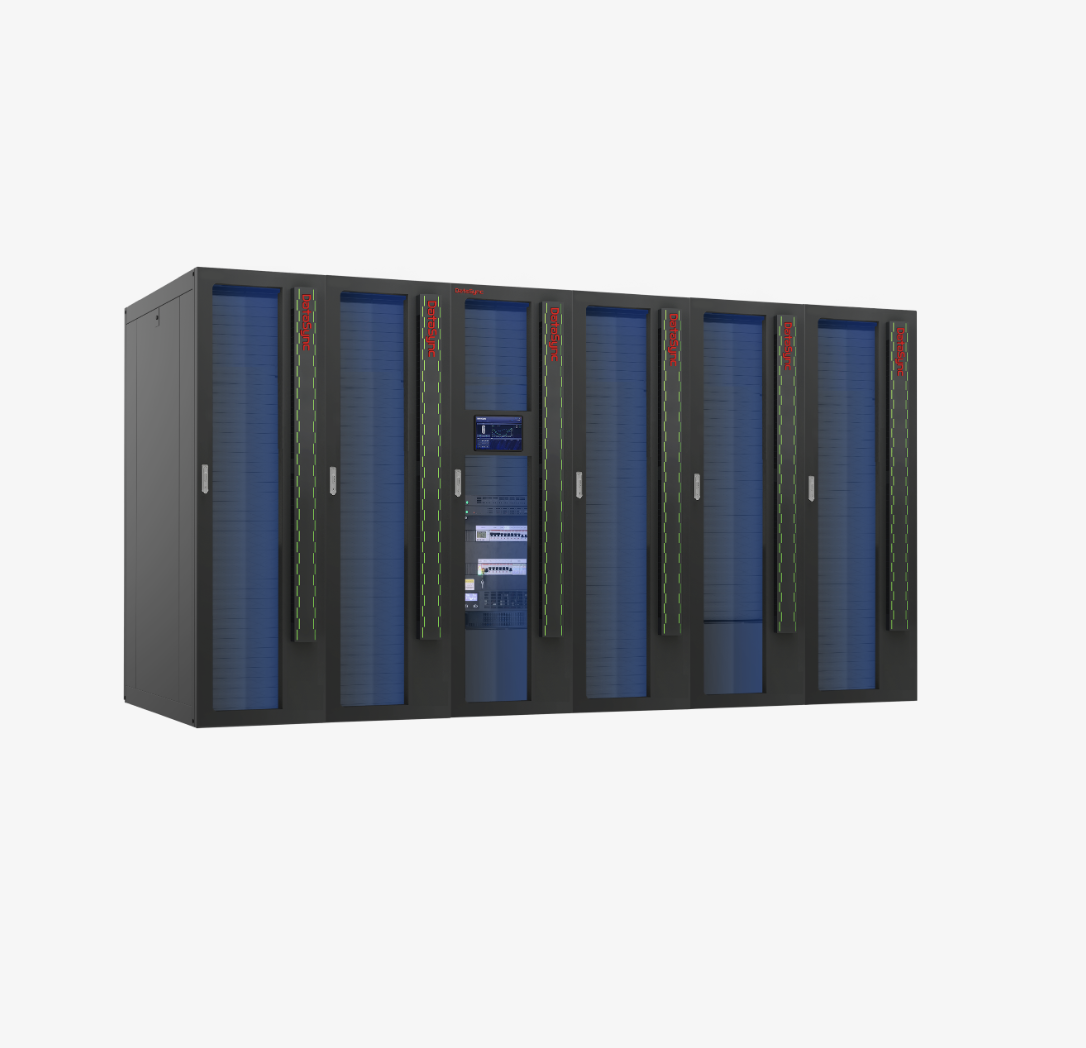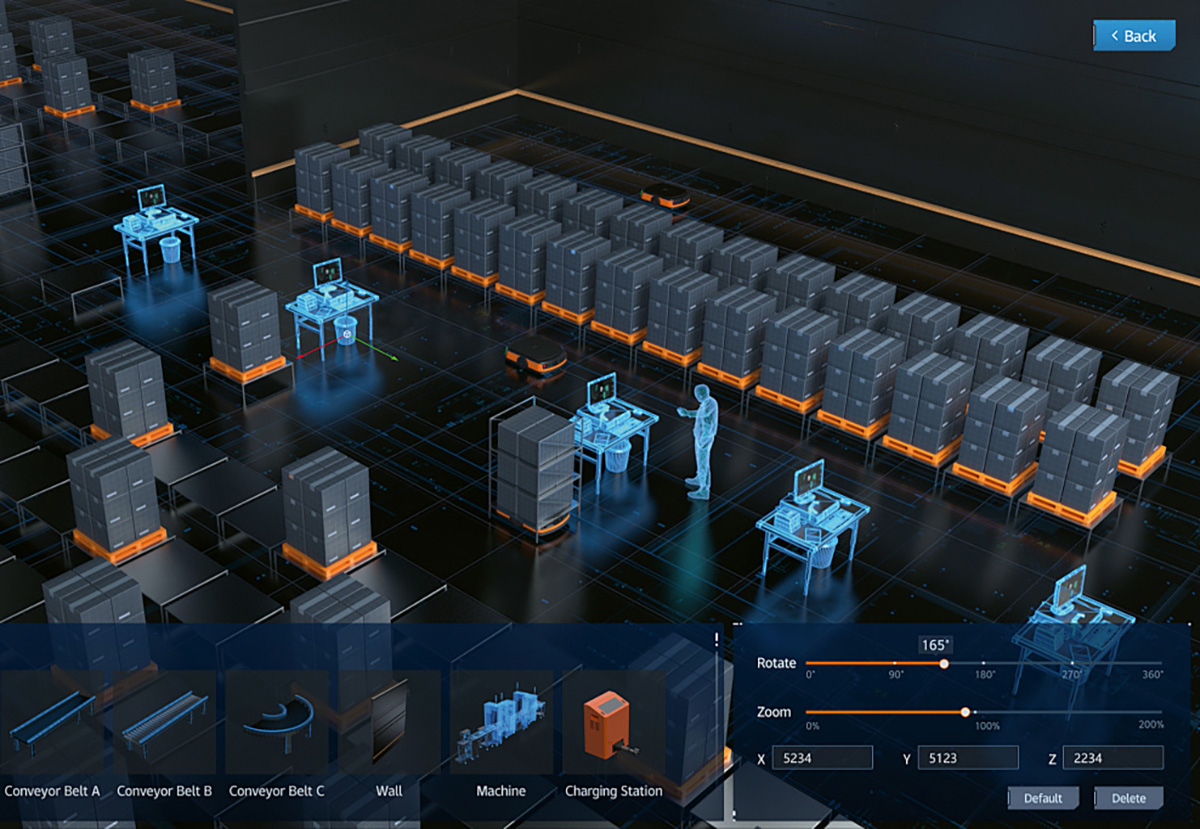AisleCompact serves as the backbone of smart city infrastructure, enabling digital transformation across transportation, public safety, healthcare, and government services. It facilitates large-scale data storage and processing, supporting intelligent traffic management, public security surveillance, remote medical services, and online government operations. Leveraging AI and big data analytics, it enhances urban management efficiency, optimizes resource allocation, and ensures business continuity for critical systems during emergencies. Additionally, it strengthens cybersecurity and accelerates smart city development, providing residents with safer, more efficient, and convenient urban services.









